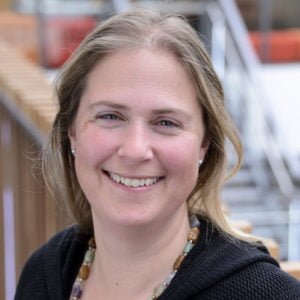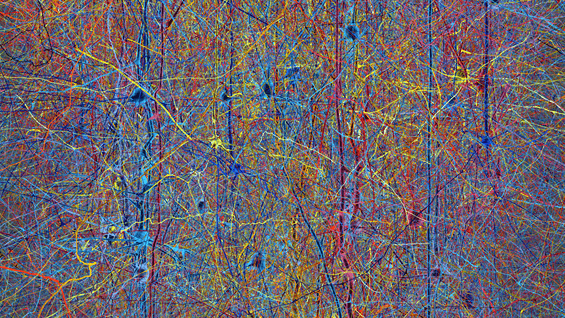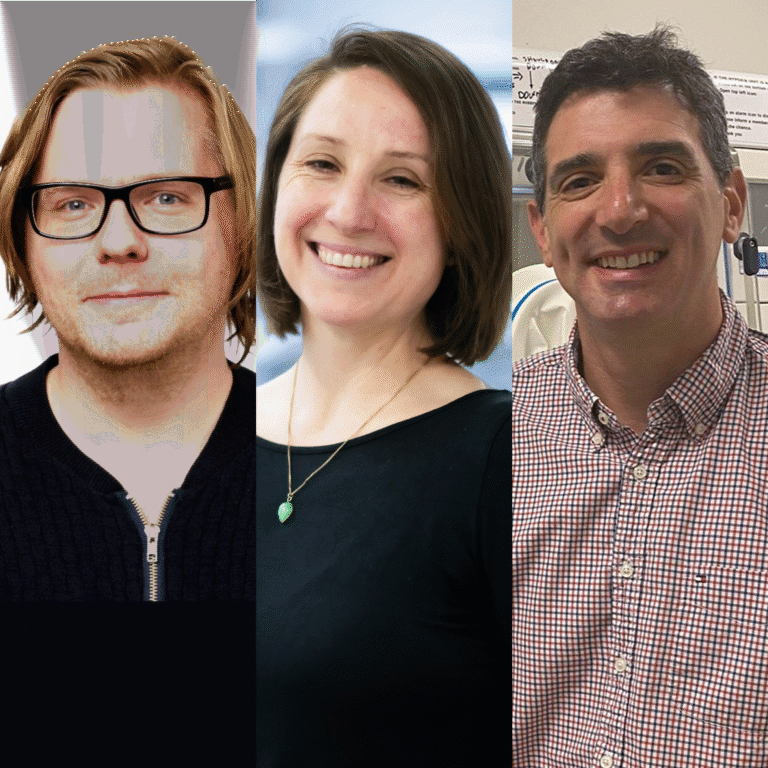
Former Fellows Professor Muzlifah Haniffa, Professor of Dermatology and Immunology at Newcastle University and Associate Faculty at the Wellcome Sanger Institute (also a member of the Scientific Advisory Committee), and Dr Sarah Teichmann, Head of Cellular Genetics and Senior Group Leader at the Wellcome Sanger Institute, recently published a new paper in Nature Medicine.
This exciting work, detailed in the paper “Single-cell transcriptomics reveals a distinct developmental state of KMT2A-rearranged infant B-cell acute lymphoblastic leukemia,” uses foetal bone marrow and Human Cell Atlas data to inform infant B-cell acute lymphoblastic leukaemia (B-ALL).
B-ALL was once fatal in all children, but it is now largely curable. However, treatment in very young infants, under a year of age, is only successful in half of cases. The chemotherapy involved is hard for such young patients to endure, even if they are cured. To date, researchers have struggled to understand why treatment fails so often in babies.

Muzlifah, Sarah and their colleagues studied the immune cell types from which B-ALL arises, finding subtle differences in the KMT2A gene when compared to normal human blood cells.
The paper describes how the team looked at gene expression data from 1,665 childhood leukaemia cases and referenced these against single-cell mRNA data from around 60,000 normal foetal bone marrow cells. Data on the latter was generated by the Human Cell Atlas project.
Their analysis found that infant B-ALL exhibited distinct cellular signals with a notable contribution from early lymphocyte precursors (ELPs), an immature immune cell type that normally develops into B cells.
The findings provide a number of promising drug targets, raising hopes that effective treatments could be developed in future.

Sarah and Muzlifah are two of the researchers working on the Human Cell Atlas. In April 2021, they published a paper detailing how they and collaborators used Human Cell Atlas data to identify key differences in the responses of immune cells in people infected with COVID-19 who had no symptoms compared to those who experienced severe symptoms.
Their hope is that these findings could be used to identify potential targets for developing therapies.
You can find out more about Muzlifah’s research on the Newcastle University website.
Read more about Sarah’s work on the Teichmann Lab’s website.



